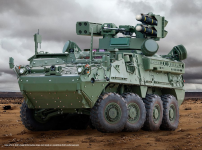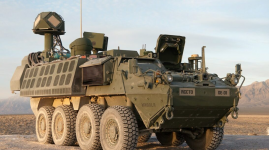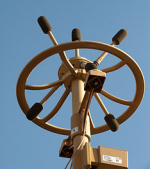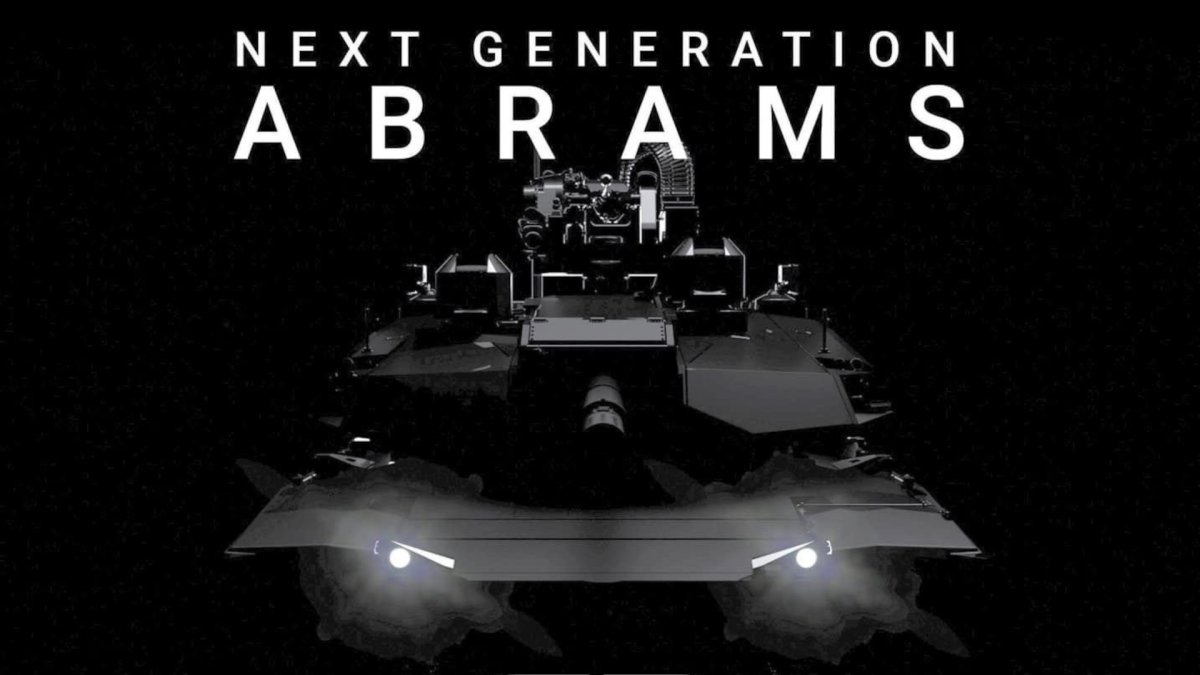When the technology is adequately mature, all fighting vehicles should be hybrid, and maybe with multiple engins. Even in the advance, vehicles spend a substantial amount of time idling in one spot or another. With a hybrid, you reduce fuel consumption (which increases range and decrease logistic burden), reduce the noise that you radiate, and reduce the heat signature of a massive constantly running engine. With multiple engines, a vehicle could still get itself out of the battle if one engine is shot out (or maybe even continue to fight with limited capacity).








